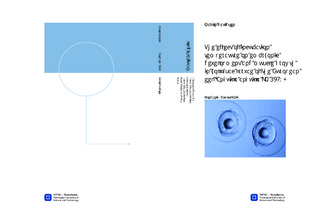| dc.description.abstract | Reproduction of European eel (Anguilla anguilla) in aquaculture systems has become a focus research area due to severe decline of natural stocks, and increasing interest to breed eels for a self-sustained aquaculture. Despite over hundred years of research there are still large parts of its life cycle and biology that are unknown. Viable embryos and larvae are some of the key issues for rearing European eel in captivity where scarce knowledge of abiotic factors and adequate culture conditions remain a problem. Knowledge on the effect of water temperature is important to improve larval rearing and aquaculture systems, since thermal tolerance and optimal temperature is closely related to growth rate, development and survival. The aim of the present study was to investigate muscle growth and development in yolk-sac larvae of European eel, and how embryonic incubation temperatures affected survival rate, morphological development and muscle growth. European eel eggs and larvae were therefore incubated at 16, 20 and 24° C. The previous small scale incubation experiment showed that time until hatching was clearly related to temperature, and provide information about the actual time and day degrees required for embryonic development from fertilization to hatching, similar to those temperatures found in the spawning-area. Incubation at 24° C had a negative effect on survival rates of newly hatched larvae, indicating that this temperature is suboptimal for egg incubation. The present study demonstrated that muscle morphology, rate of development and onset of muscle differentiation follow a unique pattern, indicating that yolk-sac larvae of eels prepare for a somewhat different developmental strategy, i.e. leptocephalus phase. Larval muscle growth occurred by hyperplasia and hypertrophy, and the somatic length growth was poorly correlated to muscle growth in the initial yolk-sac stage. | nb_NO |

